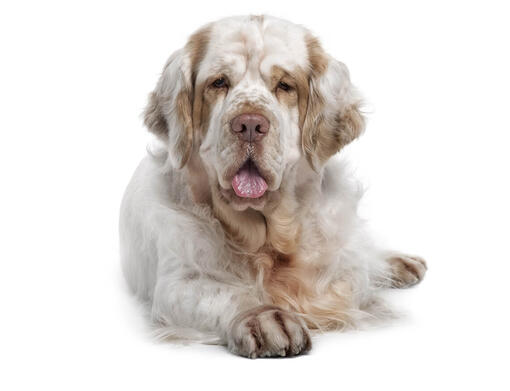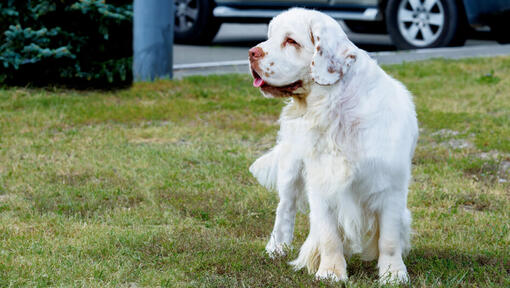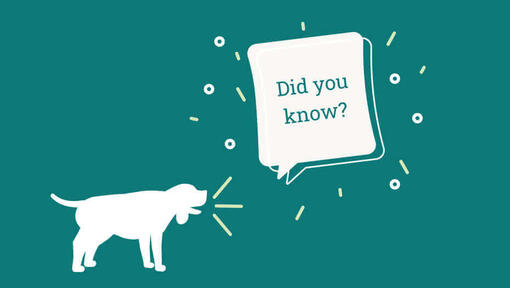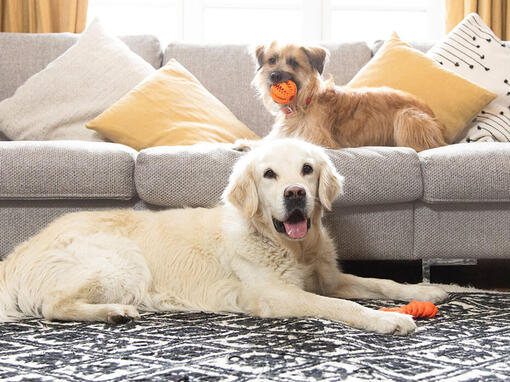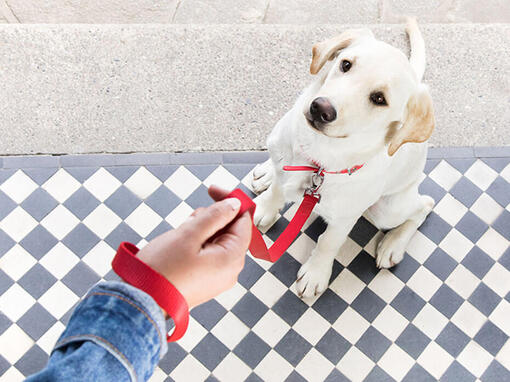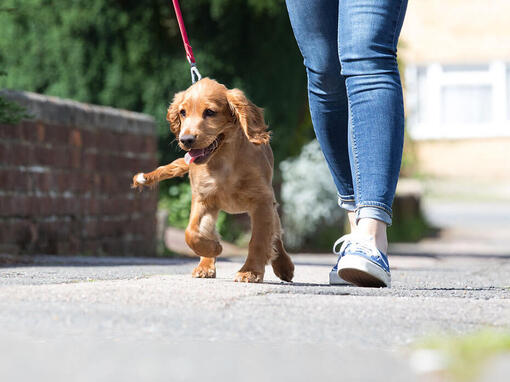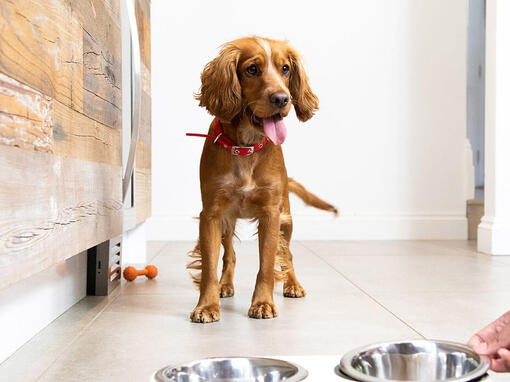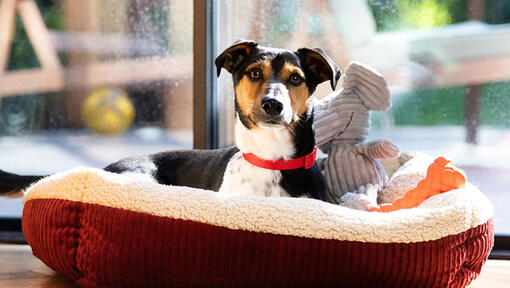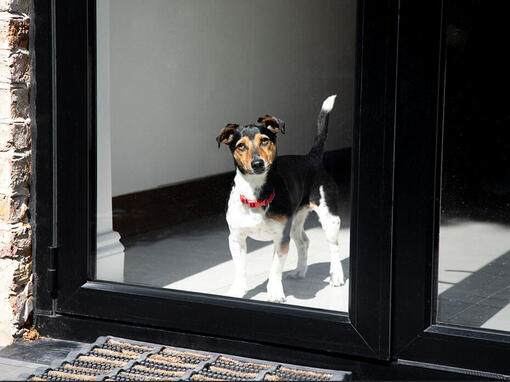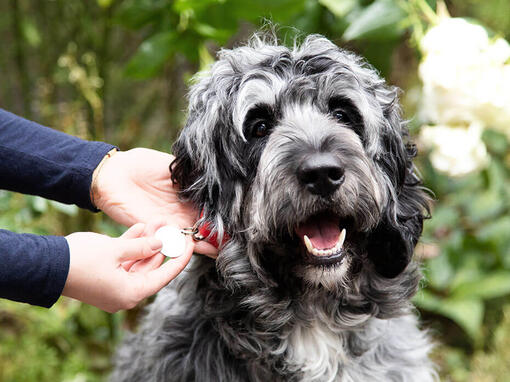History and Origins
Country of Origin: England
The Clumber Spaniel is another breed with somewhat vague romanticised origins involving French nobility, English Dukes and revolutions, however there is little evidence to support such ideas.
The breed does owe its existence to the Duke of Newcastle and their name comes from his estate, Clumber Park where the Duke created his own particular type of heavy, steady Spaniel from the various hunting dogs available at the time. These may have included dogs imported from France, where notably, longer-haired low slung ‘basset’ types were popular as these allowed huntsmen on foot to follow them without the need for horses.
